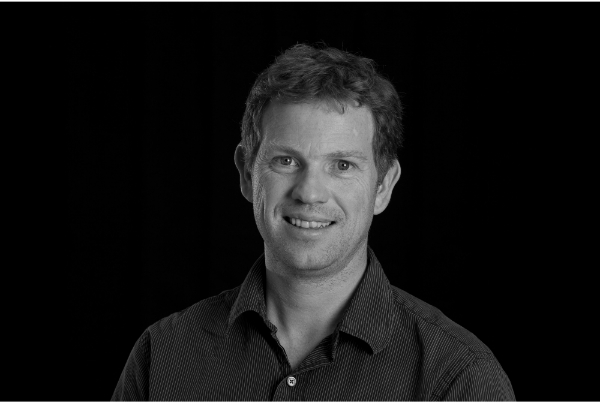Prof. Frank Koppens obtained his PhD in physics at Delft University, The Netherlands. After a postdoctoral fellowship at Harvard University, since 2010, Koppens is group leader at the Institute of Photonic Sciences. Koppens has received five ERC awards: the ERC starting grant, the ERC consolidator grant, and three ERC proof-of-concept grants. Other awards include the Christiaan Hugyensprijs, the national award for research in Spain, the IUPAP young scientist prize in optics and the ACS young investigator award. In total, Koppens has published more than 100 refereed papers (H-index above 57), with more than 40 in Science and Nature family journals. Total citations >25.000 (google scholar). Koppens is workpackage leader and vice-chairman of the executive board of the graphene flagship program, a 1000 MillionEuro project for 10 years. He is on the Clarivate list of highly cited researchers (ranked in top 1% by citations)
